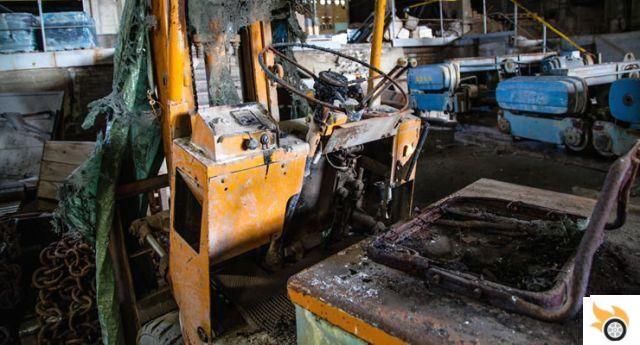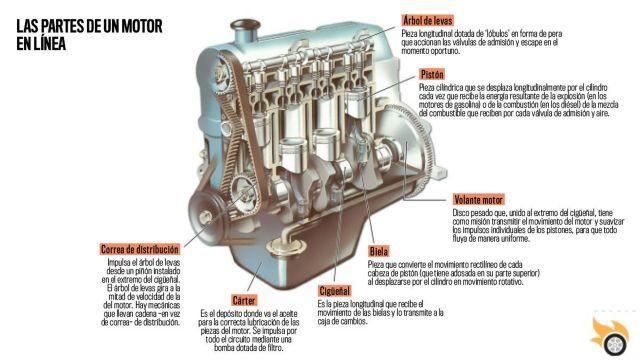
In the field of chemistry and engineering, the regeneration and reuse of spent catalysts is a topic of great importance. Catalysts are substances that speed up chemical reactions without being consumed in the process, making them essential components in many industries. However, over time, catalysts deactivate and lose their effectiveness, leading to the need to regenerate or replace them. In this article, we will explore the process and procedure to carry out the regeneration of spent catalysts, as well as the deactivation of catalysts and the study of the regeneration of carbonaceous catalysts.
1. Regeneration of spent catalysts
The regeneration of exhausted catalysts is a process that allows restoring their catalytic activity. This involves removing impurities and reaction products accumulated on the catalyst surface, as well as restoring its original structure and composition. Regeneration can be carried out by different methods, such as chemical cleaning, calcination or thermal regeneration. Each method has its own advantages and disadvantages, and the choice of the appropriate method depends on the type of catalyst and the specific conditions of the application.
2. Reuse of spent catalysts
The reuse of spent catalysts is an alternative to regeneration, which consists of using the deactivated catalysts in other applications where their catalytic activity is not so critical. This makes it possible to make the most of resources and reduce the costs associated with the acquisition of new catalysts. However, it is important to note that reuse of spent catalysts may require modifications to operating conditions and may not be suitable for all applications.
3. Deactivation of catalysts
The deactivation of catalysts is an inevitable phenomenon that occurs during their use. The deactivation can be caused by different factors, such as the accumulation of reaction products, the deposition of impurities or the loss of active surface. Understanding catalyst deactivation mechanisms is critical to developing effective regeneration strategies. In addition, the study of the deactivation of catalysts can help to optimize the operating conditions and prolong the useful life of the catalysts.
4. Regeneration of carbonaceous catalysts
Carbonaceous catalysts are those that have been contaminated with carbon during use. This type of deactivation is common in applications involving hydrocarbon reactions, such as oil refining. The regeneration of carbonaceous catalysts involves the removal of carbon deposited on the catalyst surface, which can be accomplished by oxidation or gasification techniques. The regeneration of carbonaceous catalysts is an area of active research, as deactivation by carbon is a common problem in many industries.
Frequently Asked Questions (FAQs)
1. What is the useful life of a catalyst before needing regeneration?
The useful life of a catalyst before requiring regeneration depends on several factors, such as the nature of the catalyst, the operating conditions, and the presence of impurities. In general, catalysts can have a useful life of several months to several years before requiring regeneration. However, it is important to regularly monitor catalytic activity and perform deactivation analysis to determine the right time for regeneration.
2. What are the benefits of catalyst regeneration compared to purchasing new catalysts?
Catalyst regeneration offers several benefits compared to purchasing new catalysts. First, regeneration is more economical, since it avoids the costs associated with purchasing new catalysts. In addition, regeneration reduces the generation of waste and contributes to environmental sustainability. Finally, regeneration allows maintaining consistency in operating conditions and minimizing changes in industrial processes. However, it is important to evaluate each specific case to determine if regeneration is feasible and effective.
Conclusion
The regeneration and reuse of spent catalysts is a topic of great relevance in chemistry and engineering. Through regeneration, it is possible to restore the catalytic activity of catalysts and extend their useful life, resulting in economic and environmental benefits. Additionally, reusing spent catalysts allows you to maximize resources and reduce costs associated with purchasing new catalysts. However, it is important to note that the regeneration and reuse of spent catalysts requires careful analysis of operating conditions and catalyst characteristics. Ultimately, the choice between regeneration and acquisition of new catalysts will depend on the specific needs and goals of each application.
We hope this article has been informative and helpful in understanding the process and procedure for regenerating and reusing spent catalysts. If you have any additional questions or comments, feel free to leave them below. We would love to hear your opinion!
Until next time!
























